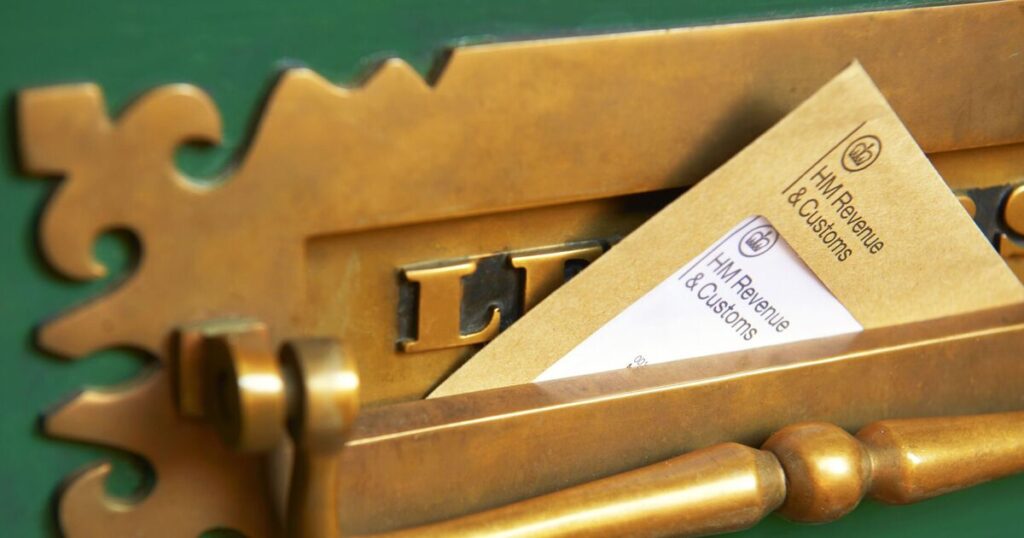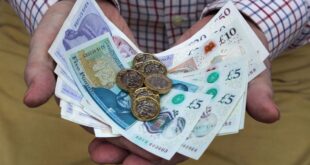
It’s one of the factors that has the biggest impact on how much money stays in your pocket every year – and how much is taken away by the taxman.
But few people realise the effect ‘fiscal drag’ is having on their finances thanks to the freeze in the Personal Allowance – and some of the steps you can take to counteract it.
The tax free Personal Allowance has been frozen for years and unless there’s a u-turn under the new government, is set to remain frozen for at least another four years, until 2028.
That means because of ‘fiscal drag’, more and more people are going to end up paying more and more tax on their earnings as wages increase to counter inflation and more people earn money that’s liable to income tax.
The Personal Allowance is the amount of money you can earn before you start paying tax and it remains at £12,570, which it’s set to stay at until 2028 at the earliest.
That means everything you earn above that is taxed at 20 percent and taken straight out of your pay packet on regular PAYE jobs, rising to 40 percent for every £1 over £50,270 and 45 percent for an additional rate taxpayer on money over £125,000.
But there is one way you can increase your tax-free Personal Allowance – but you have to be married or in a civil partnership with quite unequal take-home pay.
Couples who are married or in a civil partnership can increase their tax-free take-home pay by £252 in any given financial year, as well as backdating their claim for four additional years to get a tax rebate up to £1,242, which when added to their Personal Allowance for the year comes out at £14,064 tax-free.
In order to be eligible, one partner must earn under £12,570 – for example if one of the couple is no longer working, has lost their job or is taking a career break for childcare.
The other must be a basic rate taxpayer earning between £12,570 and £50,270.
This process, called the Marriage Allowance, enables the lower earning partner to transfer £1,260 of their Personal Allowance to their partner and reduce their tax burden for each financial year being claimed.
The government explains: “Marriage Allowance lets you transfer £1,260 of your Personal Allowance to your husband, wife or civil partner.
“This reduces their tax by up to £252 in the tax year (6 April to 5 April the next year).”
In its example, HMRC said: “When you claim Marriage Allowance you transfer £1,260 of your Personal Allowance to your partner. Your Personal Allowance becomes £11,310 and your partner gets a ‘tax credit’ on £1,260 of their taxable income.
“This means you will now pay tax on £190, but your partner will only pay tax on £6,170. As a couple you benefit, as you are only paying Income Tax on £6,360 rather than £7,430, which saves you £214 in tax.”
 Latest World Breaking News Online News Portal
Latest World Breaking News Online News Portal






